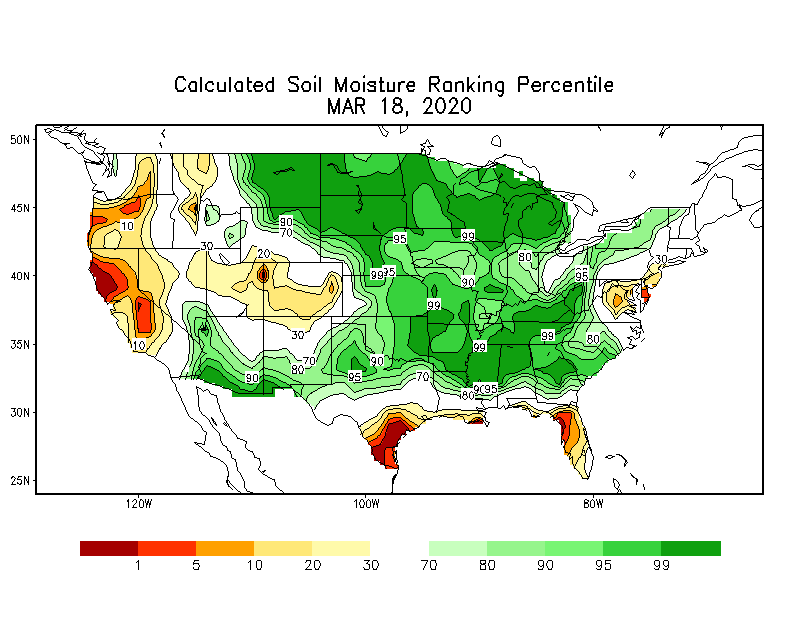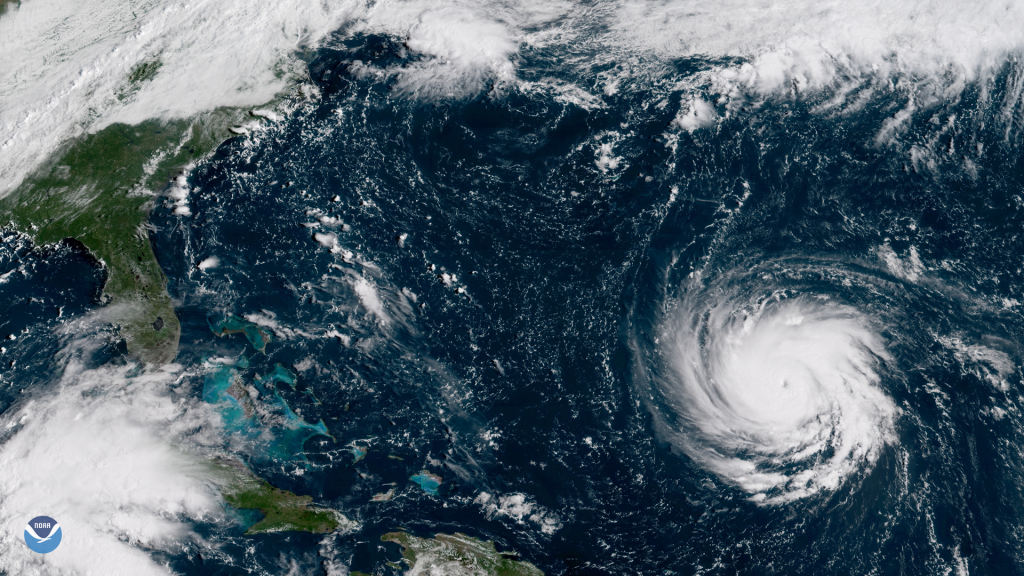Update, July 1, 2020: North Carolina’s Senate and House unanimously passed HB 1087. We thank Rep. Bell, Rep. McGrady and Sen. Newton for their leadership in advancing this important piece of legislation. Gov. Cooper signed HB 1087 on July 1, 2020. EDF staff will be working with Division of Mitigation Services staff and stakeholders to develop the program. Read our statement in response here.
Earlier this month, North Carolina released its first Climate Risk Assessment and Resilience Plan to prepare for more intense rain events and flooding. In particular, the plan emphasizes natural infrastructure as a means to reduce flooding and provide other benefits.
On the heels of the plan’s release, North Carolina’s General Assembly is expected to pass a bill that contains a measure to create a faster, more efficient path for investing in projects that reduce flooding, protecting downstream communities while also empowering the private sector to employ more North Carolinians.
Once passed, HB 1087 will go to Gov. Roy Cooper for his signature. If signed, the bill would not only help North Carolina implement natural infrastructure projects with greater urgency, but it would also create the nation’s first market for natural infrastructure projects to address flooding.
Read More »











